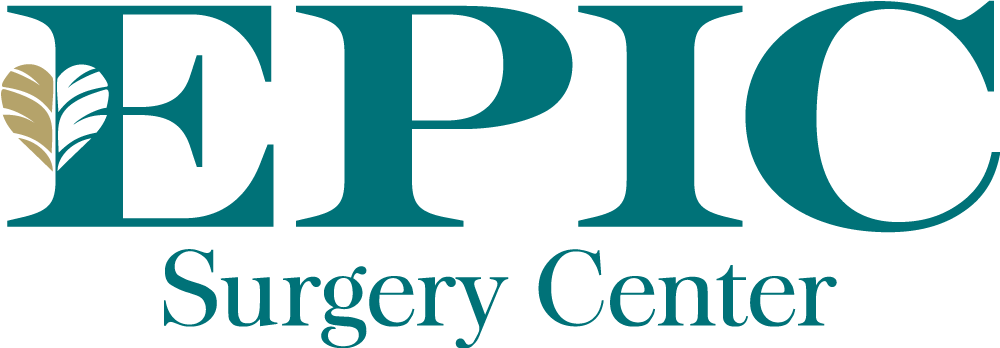Coronary Angiography
Scottsdale, Arizona
EPIC Surgery Center offers coronary angiography and intervention to diagnose and treat narrowing or blockages in the arteries of the heart. The procedures are catheter-based, allowing for faster recovery times and fewer risks. Expect world-class care at our cardiovascular ambulatory surgery center (ASC), the only one of its kind in the Scottsdale area.
Coronary Artery Disease: An Overview
The coronary arteries are the blood vessels that supply the heart muscle with oxygen-rich blood to keep it pumping. There are four main coronary arteries found directly on top of the heart muscle. They are called the right coronary artery, the left coronary artery, the left anterior descending artery, and the left circumflex artery.
Coronary artery disease, also called coronary heart disease, can develop due to atherosclerosis, which is when a fatty material called plaque builds up, causing a narrowing of the arteries of the heart. The buildup can eventually clog or damage the arteries, limiting blood flow to the heart muscle.
If the heart doesn't get enough blood, it won't get the oxygen and nutrients it needs to function the way it should. This condition is called ischemia. An insufficient blood supply to the heart muscle can lead to chest pain or discomfort, a condition called angina. It also increases the risk of a heart attack.
What Are Symptoms of Coronary Artery Disease?
The buildup of plaque in the arteries takes years to decades, so patients with coronary artery disease typically don't experience symptoms at first. But as the arteries clog up and the heart begins to work harder to pump blood, some individuals report chest pain or shortness of breath, especially with physical exertion.
Unfortunately, some patients do not realize they have coronary artery disease until they experience a heart attack. Symptoms of a heart attack include chest discomfort or angina, often described as tightness, pressure, heaviness, numbness, squeezing, or a dull ache. The pain can radiate to the left shoulder, arms, neck, back, or jaw. Other heart attack symptoms include fatigue, dizziness, lightheadedness, nausea, and weakness.
Women sometimes experience different symptoms of a heart attack. They may have discomfort in the neck, shoulders, abdomen, and back, indigestion or heartburn, unexplained anxiety, or a cold sweat.
Coronary Angiography and Vascular Intervention: An Overview
Angiography is a procedure that allows your physician to visualize any narrowing or blockage in the arteries in the heart. It involves inserting a small tube called a catheter through a blood vessel in your arm or groin. With the catheter in place, we'll inject a contrast dye to visualize blood movement, allowing us to determine whether there are any narrowed or blocked areas.
Angioplasty and stent placement can treat areas of narrowing or blockage in an artery.
Balloon Angioplasty: We will insert a catheter with a tiny, folded balloon on its tip into the artery. Once it reaches the narrowed or blocked artery, we will inflate the balloon, opening the blockage. At times, the balloons we insert are coated with special medications to prevent new blockages. The last step in the procedure is deflating the balloon and removing it along with the catheter.
Stent Placement: Placing a stent is similar to balloon angioplasty. However, we will insert a tiny mesh tube called a stent into the artery to keep it open. Some stents are coated with special medications to help prevent new buildup.
